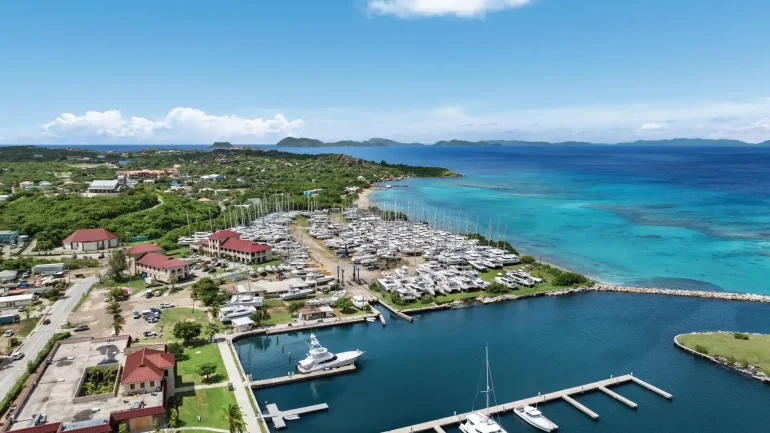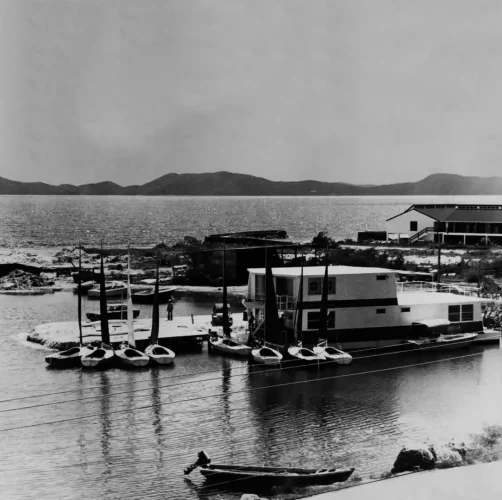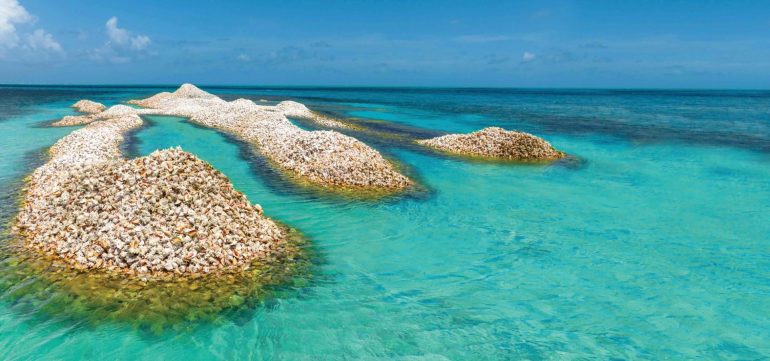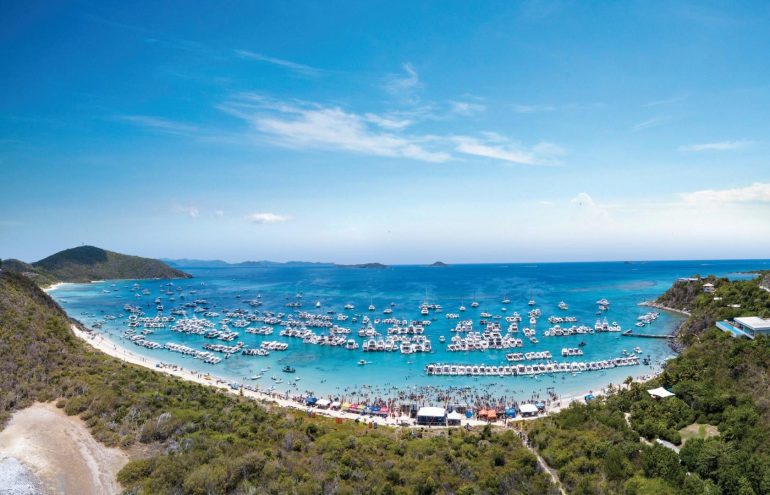Airport Expansion
To build, or not to build—that is not the question. Arousing mixed reactions, the British Virgin Islands Government has made it abundantly clear that it will expand the current airport runway at Terrance B. Lettsome Airport on Beef Island. The expansive plans include the addition of more than 2,000 feet of extra landing space, allowing for the airport to facilitate direct flights from Miami and Atlanta on Boeing 747 and 700 jets. Proponents of the plan hypothesize that the expansion will encourage more travel to the territory while making the BVI more self sustaining. Opponents fear the plan exceeds the territory’s needs and will threaten the yachting industry while destroying Trellis Bay.
“Let us be clear about something: Government has made a decision to expand the airport, but no other decision has been made beyond that,” said Deputy Premier Dr Kedrick Pickering, who spoke to a group of about 100 residents at a public meeting in March. At that meeting, officials divulged two expansion plans that government is currently mulling over. Denniston Fraser, managing director of the BVI Airports Authority, presented the two plans to an anxious crowd. The first, he said, looks to align the runway in a northeasterly direction and expand the current landing space of 3,957 feet to a total landing space of 6,068 feet. It would call for the creation of two runways, potentially drain Beef Island’s salt pond and disrupt Long Bay Beach. The runways would be aligned in a way that would take planes over Scrub and Great Camanoe islands, where aircraft noise could be a concern for residents. This option, he added,would cost about $70 million.

The next option, at a cost of about $38 million, would create a runway with about 6,300 feet of landing space by extending the current runway into Trellis Bay and keeping its current alignment. Since this option would use the existing runway and maintain its width, the project would be much cheaper, Fraser explained.
Government has hired the firm Kraus-Manning to perform the Environmental Impact Assessment of both runway options, which should be completed and made public by this month, according to Dr Pickering, who is also the minister of Natural Resources and Labour. Additionally, Dr Birney Harrigan, who is the chairman of the BVI Chamber of Commerce and Hotel Association, will be meeting with residents and businesses in the area to evaluate the social impact.
One such resident, Ben Bamford, owner of The Last Resort on Bellamy Cay in Trellis Bay, met with Dr Harrigan to discuss the possible impact of the airport expansion. He recently wrote a letter into the BVI Beacon newspaper in which he lamented over the airport expansion plans.
“Either of the two plans I was shown would devastate the ecology and economy of Trellis Bay, and one would almost certainly finish The Last Resort as a business,” he said. “The end of such an iconic Virgin Islands family-owned business after 40 years would, of course, be a big problem for us and a loss to our guests. However, in the bigger scheme of things, it could be justified if there was a greater net benefit to the rest of the VI.” As his letter continued, he failed to find a greater good either economically or ecologically. His sentiments were echoed by many concerned residents and business owners who questioned whether options to extend access to St Thomas may open doors for more guests, or if a smaller expansion would be a more sensible first step.
However, the deputy premier remained firm in the decision to significantly expand the runway to encourage “national sovereignty” and to promote self-sustainability. Proponents of the decision stood in favour of the plans, commending the current government’s ability to see the long-term effects that airport expansion could mean for a growing territory. To government opposition, and those with strong concerns regarding the well being of Trellis Bay, Dr Pickering said, “This government will do nothing to destroy Trellis Bay; I want to make it abundantly clear.”






